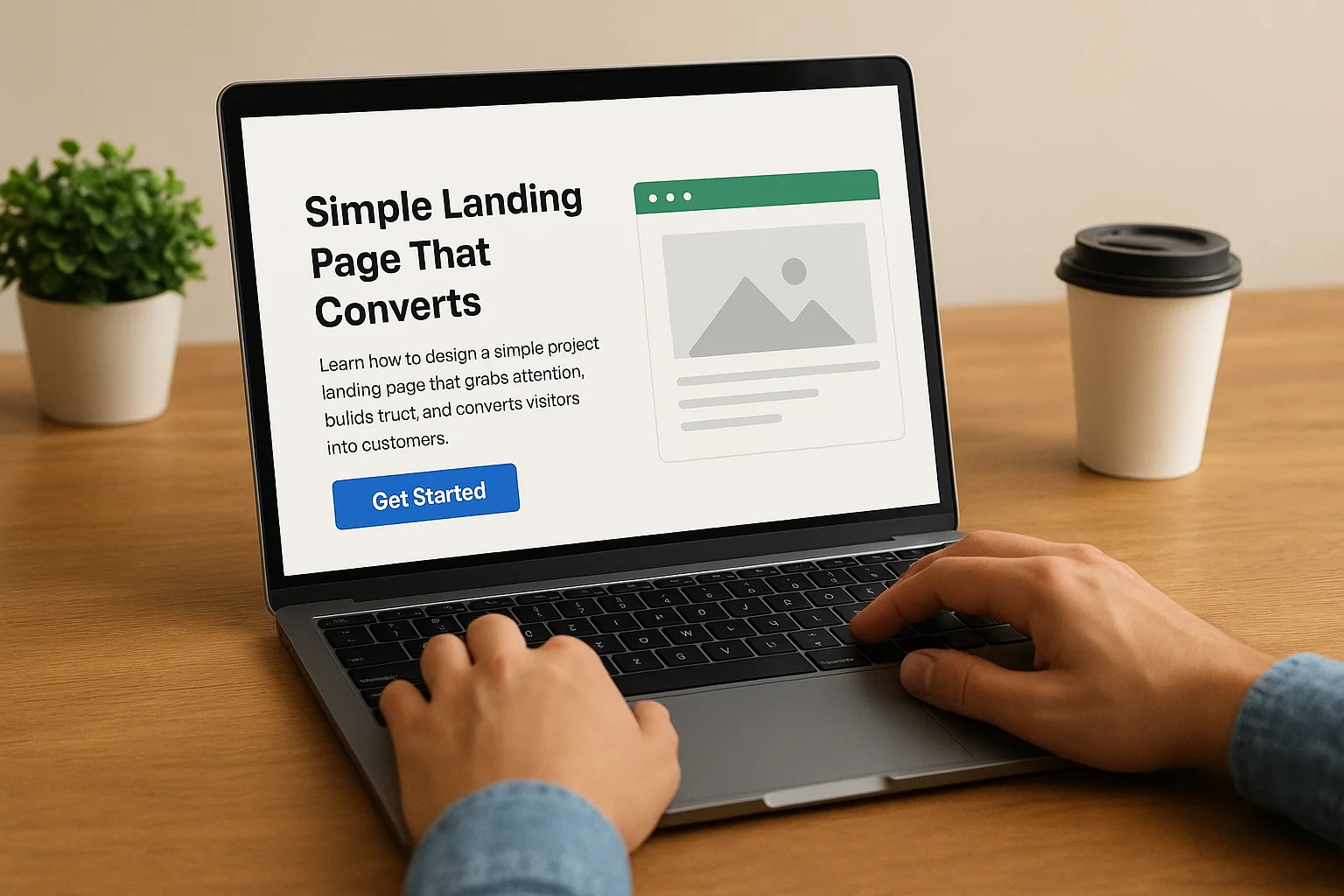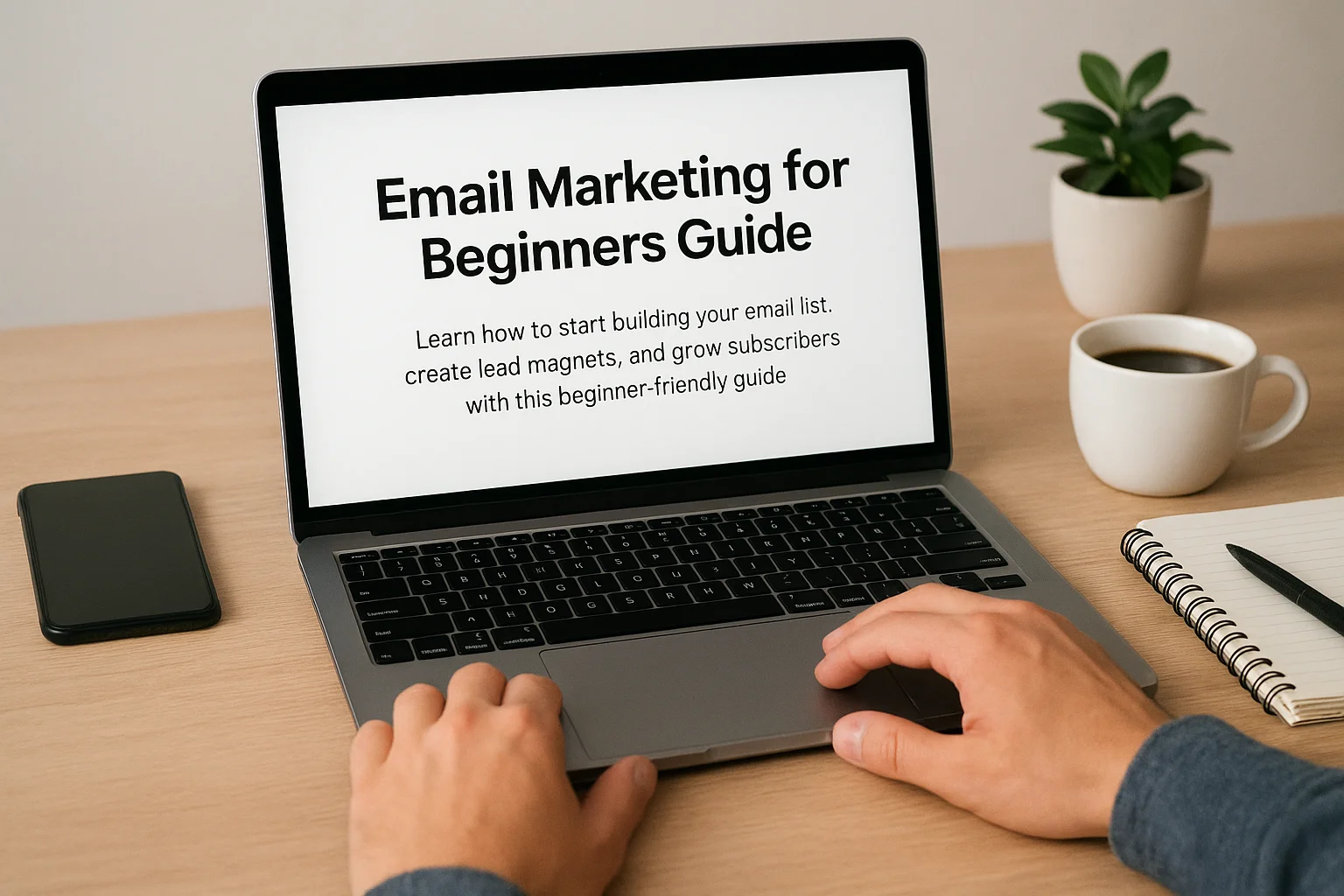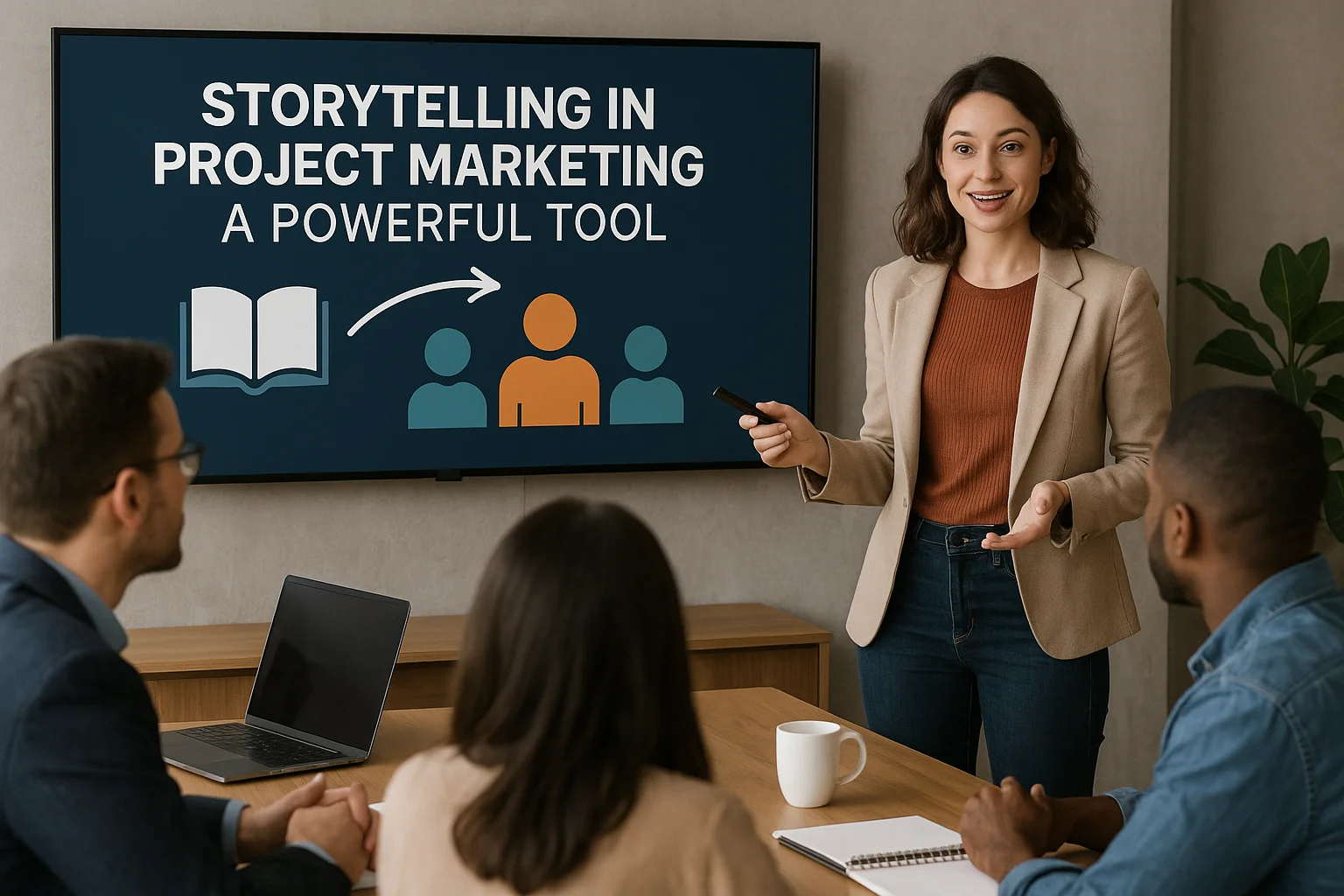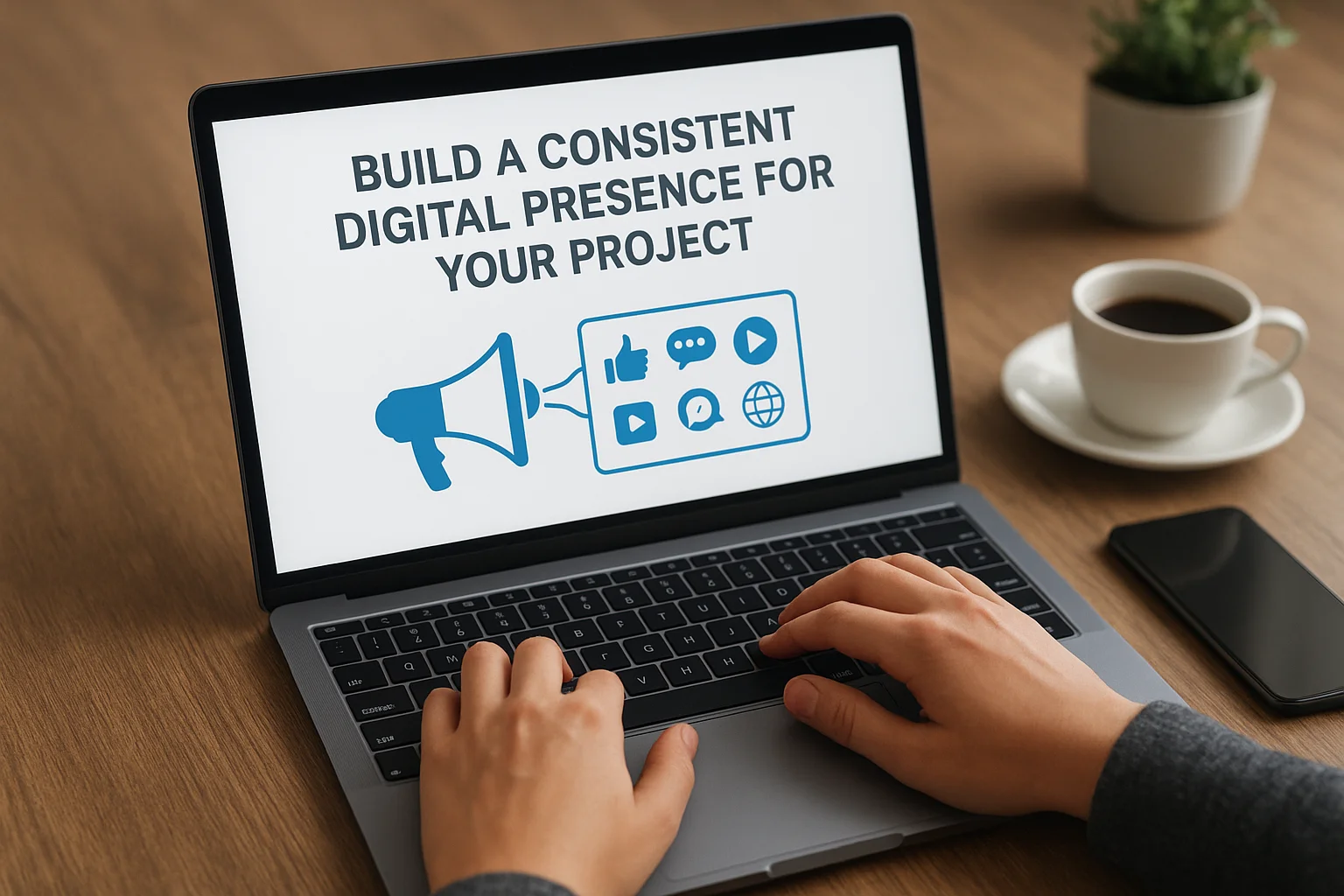How to Present Your Project Online for Maximum Impact

Understanding Your Audience
Before you start crafting your online project presentation, it is essential to know exactly who your audience is. Understanding your audience means more than just identifying their age or location; it involves diving deep into their needs, interests, preferences, and pain points. This knowledge will guide every aspect of your presentation, from the language you use to the visuals and examples you choose.
Start by asking yourself these key questions:
- Who are they? Consider demographics such as age, gender, profession, education level, and geographic location.
- What motivates them? Are they looking for solutions, inspiration, entertainment, or detailed information?
- What challenges do they face? Understanding their problems allows you to tailor your message to show how your project addresses these issues.
- How familiar are they with your topic? Avoid jargon if your audience is new to the subject, or dive deeper if they are experts.
Once you have a clear profile of your audience, you can adjust your tone and style accordingly. For example, a presentation aimed at industry professionals can be more technical and data-driven, whereas one targeting general consumers should be simple, engaging, and visually appealing.
Additionally, consider the platform where your audience spends most of their time. Different platforms attract different types of users, so matching your presentation style and format to the platform can significantly increase engagement.
Finally, remember that engagement is a two-way street. Encourage interaction by asking questions, inviting feedback, or including interactive elements that resonate with your audience’s preferences and habits.
Choosing the Right Platform for Your Project
Selecting the ideal platform to present your project online is a critical step that can determine the reach and impact of your work. Each platform offers unique features, audience types, and presentation styles, so choosing the right one depends largely on your project’s goals and the preferences of your target audience.
For example, if your project involves visual or creative work, platforms like Instagram or Behance allow you to showcase images and portfolios with high visual appeal. On the other hand, if your project is more informational or professional, platforms such as LinkedIn or SlideShare provide tools to share detailed presentations and engage industry peers.
Another important factor to consider is how much control you want over the presentation format and user experience. Dedicated websites and landing pages offer maximum flexibility, enabling you to tailor every aspect to your brand and message. This is where tools like ShowMySites come in handy.
ShowMySites is a platform designed specifically to help users create polished, professional project presentations online. It offers customizable templates, multimedia integration, and user-friendly interfaces that make it easy to showcase your work without needing advanced technical skills. Moreover, having your project on a dedicated site means you can optimize for SEO, track visitor analytics, and maintain full ownership of your content.
When evaluating platforms, consider these questions:
- Does the platform align with my project’s format and style? Some platforms prioritize video content, others focus on images, text, or interactive features.
- Where does my target audience spend most of their time online? Being present where your audience already is increases the chances of engagement.
- What level of customization and branding do I need? If brand identity is important, a personal website or a tool like ShowMySites may be more suitable than social media.
- How easy is it to update and maintain the platform? You want a solution that allows you to make quick changes as your project evolves.
Finally, keep in mind that you can use multiple platforms to maximize your project’s visibility. For instance, a ShowMySites page can serve as your project’s hub, while social media channels drive traffic toward it. This multi-platform approach leverages the strengths of each to create a comprehensive online presence.
Crafting a Clear and Engaging Message
At the heart of any successful online project presentation lies a clear and compelling message. Your message is what connects your project to your audience, communicates its value, and motivates viewers to take action. To achieve this, clarity and engagement must go hand in hand.
Start by defining the core idea you want to convey. Ask yourself: What is the single most important takeaway for my audience? Distill your project’s essence into a concise statement or tagline that can be easily remembered and repeated. This focus will help avoid confusion and keep your presentation streamlined.
Use simple, direct language that speaks to your audience’s level of knowledge and interests. Avoid jargon or overly technical terms unless you are certain your audience is familiar with them. Instead, aim for a tone that is authentic, approachable, and enthusiastic, which helps build trust and keeps viewers engaged.
Storytelling is a powerful tool to make your message more engaging. Frame your project within a narrative structure — introduce the problem or need, explain your solution, and highlight the benefits or results. This approach creates an emotional connection and helps your audience see the real-world impact of your work.
In addition to text, use visual cues and formatting to emphasize key points. Break information into digestible chunks using bullet points, numbered lists, or short paragraphs. Incorporate bold or italicized text to highlight important phrases or action steps, guiding your audience’s attention through the content.
Remember to include a clear call to action (CTA). Whether it’s inviting the audience to explore your project further, download a resource, or get in touch, the CTA should be easy to find and compelling enough to prompt a response.
Finally, review and refine your message by testing it with a small group representative of your audience. Gather feedback on clarity, tone, and engagement, then adjust accordingly to ensure your message resonates effectively.
Design Tips for Visual Impact
Creating a visually striking presentation is essential to grab attention and keep your audience engaged. Good design not only makes your project look professional but also helps communicate your message more effectively.
Start with a clean and consistent layout. Avoid clutter by using ample white space around elements, which helps each part of your presentation breathe and stand out. Consistency in margins, spacing, and alignment makes your content easier to follow and more visually appealing.
Choose a cohesive color palette that reflects your project’s tone and branding. Limit yourself to a few complementary colors to maintain harmony and avoid overwhelming viewers. Use contrast wisely—especially between background and text—to ensure readability.
Typography matters: select fonts that are easy to read across different devices and sizes. Pair a clear, legible font for body text with a more distinctive font for headings to create hierarchy and visual interest. Avoid using too many different fonts to keep the design unified.
Use high-quality images and graphics that support and enhance your message. Avoid pixelated or stretched visuals, and ensure that every image has a purpose—whether it illustrates a concept, evokes emotion, or adds context. Infographics and charts can be powerful tools to represent complex data visually.
Incorporate visual hierarchy to guide your audience through the presentation. Use size, color, and placement strategically to emphasize the most important elements first. Headlines should stand out, followed by subheadings and body text in descending order of prominence.
Icons and visual cues like arrows, bullets, or separators help break up text-heavy sections and direct attention where it matters most. However, use them sparingly to maintain a clean look.
Finally, test your design on multiple devices and screen sizes to ensure your visuals retain their impact and clarity everywhere. Responsive design is key to a professional and accessible presentation.
Ready to showcase your project?
Join thousands of developers and entrepreneurs who have already listed their websites in our directory. Get discovered by potential users and grow your audience.
Free to list • Instant approval • No hidden fees
Frequently Asked Questions
Why is it important to understand your audience before presenting a project online?
What advantage does a platform like ShowMySites offer for presenting a project?
Related articles

How to Bounce Back After a Slow Launch
Discover practical strategies to recover from a slow product launch. Learn how to analyze setbacks, refine messaging, reignite interest, build customer trust, and optimize for sustainable growth.

5 Free Platforms to Promote Your Project Online Without a Budget
Discover five free platforms to boost your project online, reach your audience, and grow your visibility—no budget required. Learn how to promote effectively!

How to Create a Simple Project Landing Page That Converts
A high-converting landing page doesn’t need to be complicated. With the right structure, clear messaging, and a strong call to action, you can turn visitors into loyal users. In this guide, we’ll explore the essential steps to design a simple, effective project landing page that drives real results.

Email Marketing for Beginners: How to Start Building a List
Email marketing remains one of the most effective tools to grow your audience and boost sales. In this beginner’s guide, you’ll learn how to start building your email list from scratch, create compelling lead magnets, set up signup forms, and engage subscribers with effective strategies to grow your business sustainably.

The Power of Storytelling in Project Marketing
Storytelling is more than just a buzzword—it’s a strategic way to bring projects to life. By weaving narratives that connect emotionally, project marketing becomes more engaging, memorable, and persuasive. This article explores the psychology of stories, how to craft compelling narratives, and the impact of storytelling across different channels to elevate project success.

Influencer Marketing for Small Projects: Where to Start
Influencer marketing isn't just for big brands. Even small projects can benefit by partnering with the right influencers. This guide will show you how to set goals, find the perfect influencers, create engaging content, and track your results without breaking the bank.

Strategies to Retain Your First Users
Acquiring your first users is a milestone, but keeping them is even more crucial. In this post, we explore actionable strategies to ensure early adopters stay engaged, provide feedback, and become long-term advocates for your product.

How to Build a Digital Presence for Your Project
A consistent digital presence is key to growing your project's audience and establishing trust. This article guides you through defining your brand, choosing platforms, crafting content, and engaging your audience effectively to create a cohesive and recognizable online identity.

Finding Your First Users Through Showcase Platforms
Launching a new product is exciting but challenging, especially when it comes to finding your first users. Showcase platforms offer startups a unique opportunity to present their product to a targeted audience eager to discover innovations. In this article, we explore how to leverage these platforms effectively to attract early adopters, gather feedback, and build momentum for your product’s success.